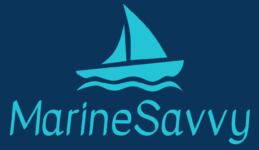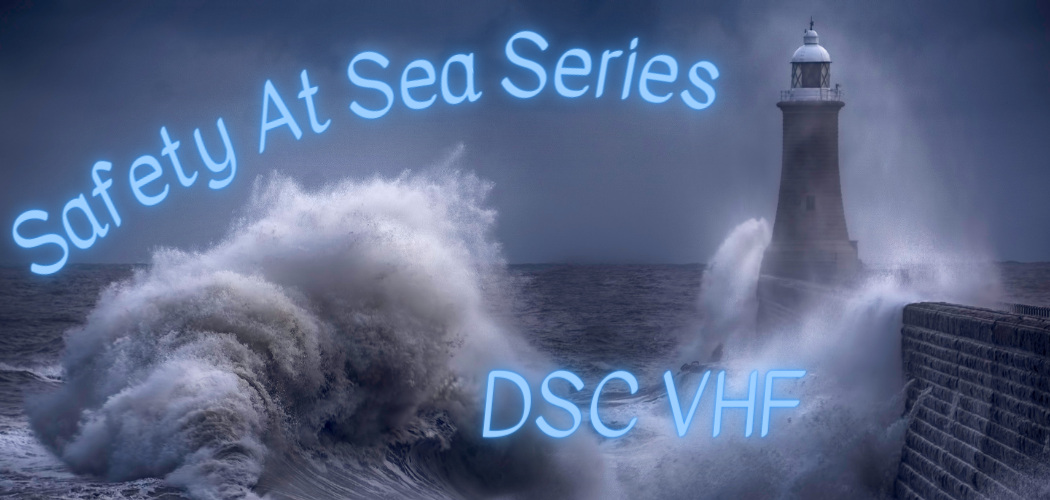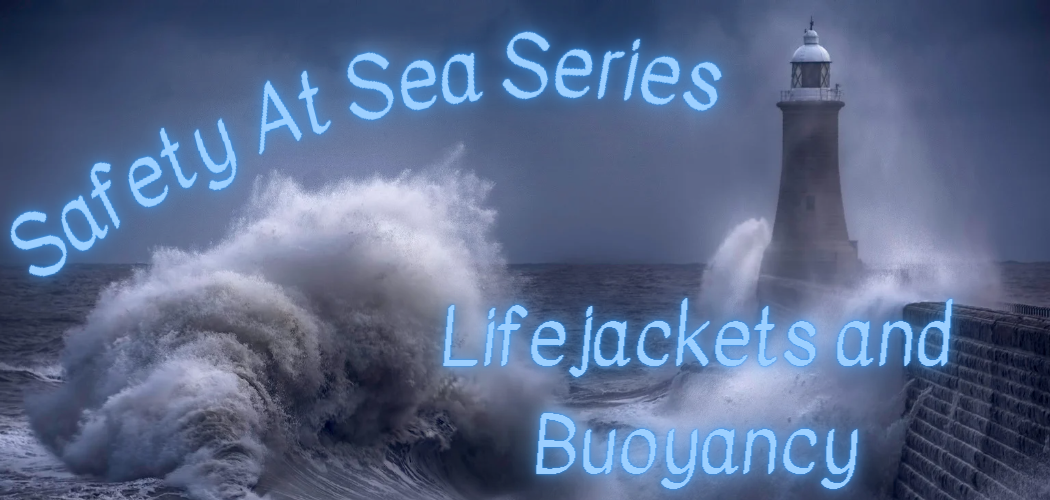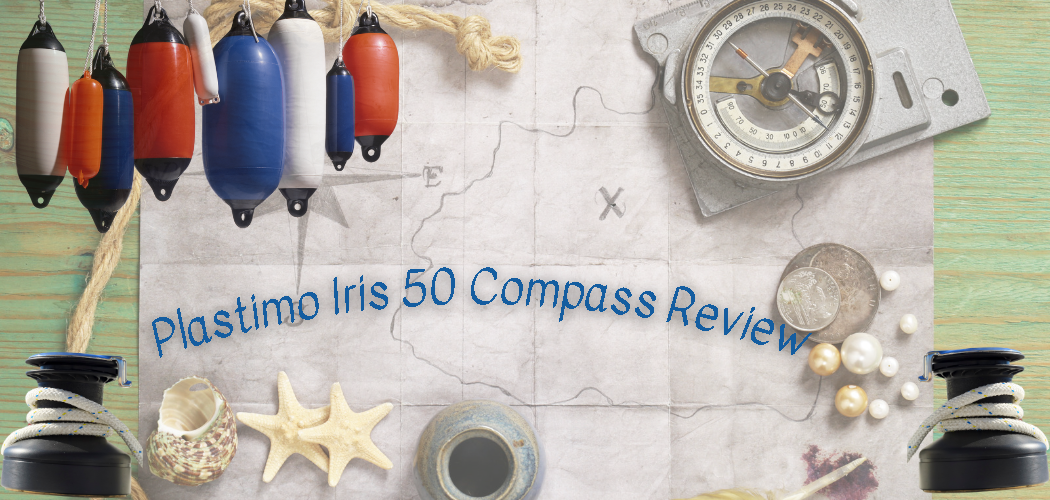
AIS (Automatic Identification System) for sailboats is a safety system that helps prevent collisions between vessels by providing real-time information about the identity, position, and speed of nearby boats. AIS is a requirement on most commercial vessels, and it has become increasingly popular among recreational sailors in recent years. In this article, we will discuss how AIS works, the three classes of AIS, and provide some product examples.
How AIS Works
AIS is a system that uses VHF radio frequencies to communicate with other AIS-enabled vessels. Each vessel transmits its identity, position, and speed to nearby boats, which receive this information and display it on their AIS receivers. This allows sailors to see the identity, position, and speed of nearby boats, even if they are not within sight.
The information transmitted by AIS includes the vessel’s name, call sign, MMSI number, position, course, and speed. AIS also provides information about the vessel’s type, size, and navigational status, such as whether it is underway or at anchor. This information is updated every few seconds, providing sailors with a real-time view of the vessels around them.
The Three Classes of AIS
Class A AIS
Class A is designed for commercial vessels and is required by law for vessels over 300 gross tons or those carrying more than 12 passengers. Class A AIS transmits more information than Class B and has a longer range.
Class B AIS
Class B AIS is designed for recreational boats and smaller vessels that do not require a Class A system. Class B AIS transmits less information than Class A, but it is still an effective safety system for sailboats.
Class B+ AIS
Class B + is an enhanced version of Class B AIS that uses a self-organizing time division multiple access protocol to improve transmission reliability and avoid data collisions.
Product Examples
There are many AIS products available on the market for sailors to choose from. Here we show you 3 of the Transceiver type units.
Conclusion and final thoughts 💭
AIS for sailboats is a vital safety system that helps prevent collisions between vessels by providing real-time information about nearby boats. There are three classes of AIS available, each designed for different types of vessels. With the wide range of AIS products available on the market, it is easy for sailors to find a system that meets their needs and budget. By investing in AIS, sailors can enjoy peace of mind and safer sailing.








Leave a Reply